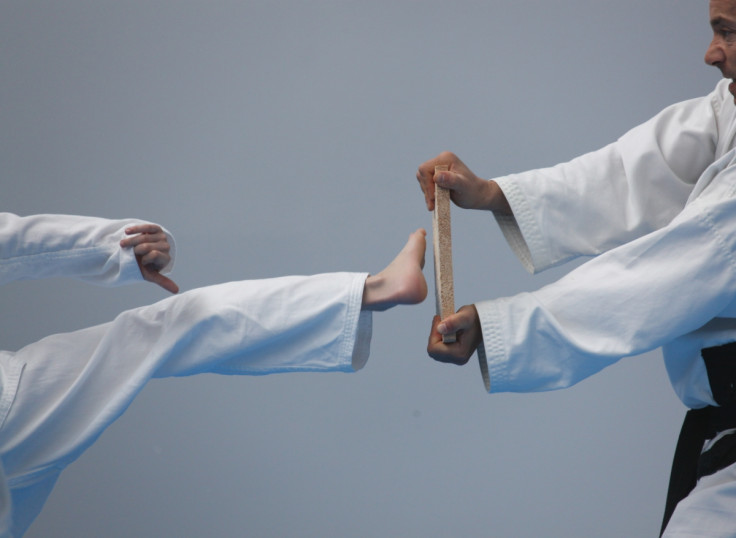Martial arts is an emotional battle: Athletes can win by reading opponents facial expressions

Being able to recognise facial expressions is key to winning in martial arts combat, scientists have said. In many high-level sports, whether ball or combat sports, anticipating the actions of opponents can lead to victory. Successfully 'reading' emotional states may present a distinctive advantage to athletes that can achieve levels of prediction, the researchers said.
The study, published in the journal Cognitive Processing, investigates how some taekwondo and weightlifting athletes are able to anticipate the next moves of their opponents, and how much they rely on facial 'emotion reading' in order to do so.
While a lot of research has been done about the processing and analysing of body mechanics and emotional contexts by athletes in ball sports, such as tennis and football, little had been done before regarding martial arts athletes.
This research suggests that successful taekwondo athletes are similarly able to quickly and accurately guess what their opponents would do based on the emotions they display.
Predicting emotions and future actions
In the study, the researchers from the National Taiwan University of Sport compared the action-anticipation performances of taekwondo athletes with weightlifting athletes and non-athletes.
In each of these three groups, seven men and women were recruited. They were shown different pictures of taekwondo athletes and weightlifters in action. The participants were asked to predict what the next action of the people shown in the images would be, and in another series of pictures, to name the emotions on their faces.
The scientists found that accurate action anticipation was more linked to people reading the faces of athletes rather than analysing the dynamic of their movements.
Taekwondo athletes in particular tended to respond correctly faster than other participants when seeing pictures in which more than 50 % of a movement was already completed. They were also better at processing facial information and naming the emotions. "The recognition of facial emotions plays a role in action prediction in combat sports such as taekwondo, and is not only about the dynamics of movement," said report co-author Yu-Ling Shih.
The correlation between action anticipation and recognition of facial emotions was less significant in the case of weightlifting athletes. This suggests that being able to recognise facial emotions is more important in close-combat sports such as taekwondo.
During taekwondo combat, two contestants face off within two metres of one another, while in the case of weightlifting, athletes do not compete directly against each other. They therefore do not need to be so sensitive to emotional state and subtle changes in an opponent's facial emotions.
© Copyright IBTimes 2025. All rights reserved.






















